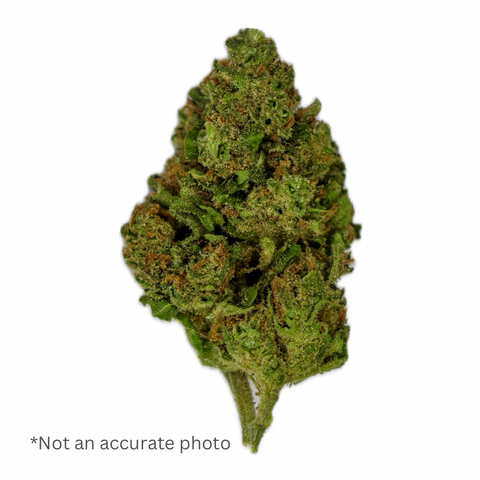THCa
The Rising Prominence of THCa in the Modern Cannabis Landscape
Understanding THCa and Its Properties
In recent years, the cannabis industry has experienced significant evolution, with certain compounds emerging as particularly interesting among consumers and researchers alike. Tetrahydrocannabinolic acid, commonly known as THCa, represents the raw, non-psychoactive precursor to THC found naturally in the cannabis plant. As our understanding of cannabinoids expands, this compound continues to gain recognition for its unique properties and potential applications.
The cannabis plant produces this acid-form cannabinoid as its primary component in its natural state. Unlike its decarboxylated counterpart THC, this precursor compound does not produce intoxicating effects until exposed to heat through a process known as decarboxylation. This fundamental difference has positioned these raw cannabinoids as attractive options for those seeking potential benefits without the characteristic high associated with traditional consumption.
Legal Considerations Surrounding THCa Products
What makes these compounds particularly noteworthy is their legal status in many jurisdictions where THC remains restricted. This legal distinction has created a rapidly expanding market niche, with various cannabis products becoming increasingly available across different regions. Consumers interested in exploring cannabinoids while navigating complex legal frameworks have found these alternative products to be a compelling option.
Consumption Methods for THCa Enthusiasts
The versatility of cannabis compounds extends to consumption methods as well. From raw flower to concentrates and tinctures, manufacturers have developed diverse product formats to meet varying consumer preferences. This adaptability has contributed significantly to the growing popularity of these cannabinoids in both recreational and wellness-oriented markets.
Research and Potential Applications of THCa
Research into cannabis compounds continues to evolve, with preliminary studies suggesting potential therapeutic properties. Though research remains in early stages, the scientific community has shown increased interest in understanding how these cannabinoids interact with the body's endocannabinoid system and their possible applications.
As consumer awareness grows, these natural compounds have established themselves at the forefront of a new era in cannabis consumption. They represent a fascinating intersection of traditional cannabis culture and modern approaches to plant medicine. With ongoing research and expanding market presence, these cannabinoids will likely continue their trajectory as significant components in the ever-evolving cannabis landscape.
For those exploring cannabis options, understanding the distinct properties of these compounds provides valuable insight into the complex world of cannabinoids and their diverse effects and applications.



















